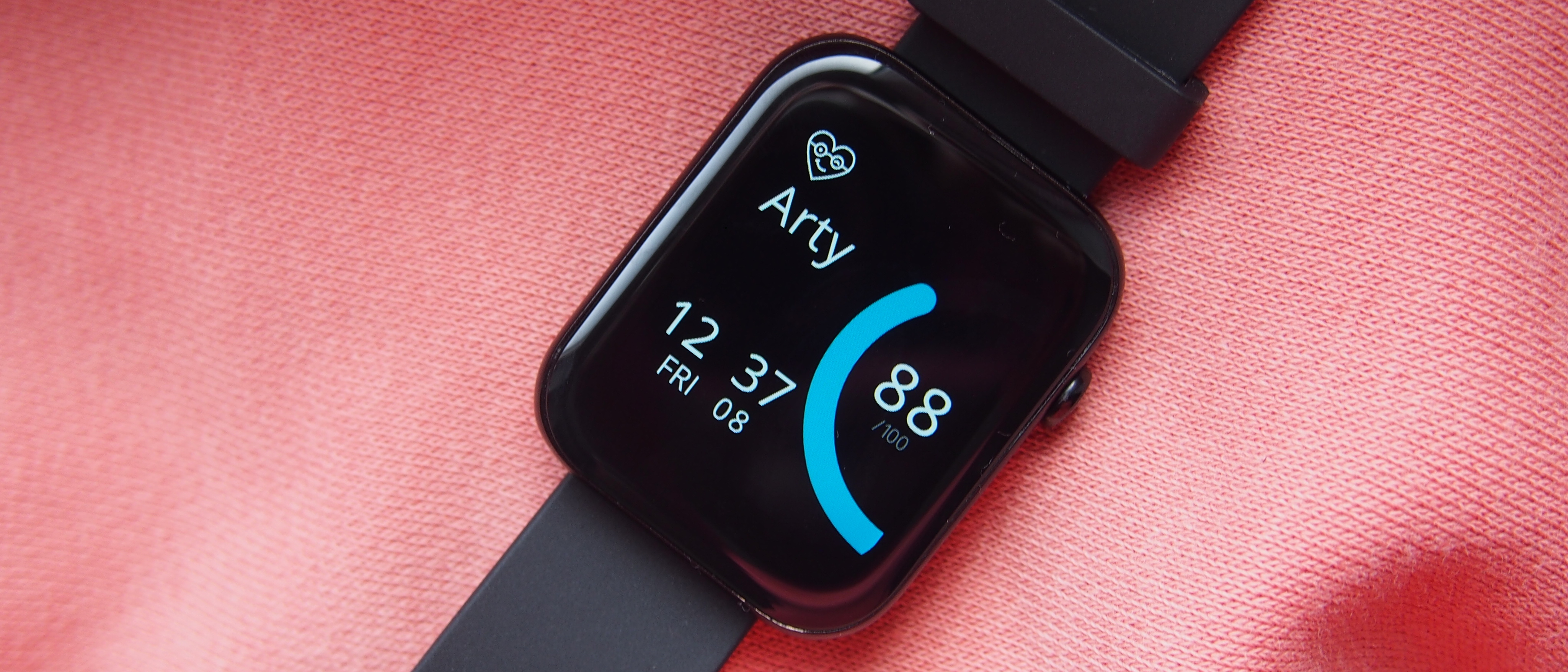TechRadar Verdict
The TicWatch GTH Pro is a cheap smartwatch with some potentially innovative health monitoring features. The problem is that with the lack of any sort of regulatory approval or clearance for those features coupled with some general software bugginess, it's a budget health watch that’s tough to trust.
Pros
- +
'Arty' technology and data well integrated and presented
- +
Good battery life
- +
Comfortable to wear 24/7
Cons
- -
General software bugginess
- -
Not the most attractive look
- -
Some inconsistent Arty readings
Why you can trust TechRadar
One-minute review
The TicWatch GTH is Mobvoi’s second-generation square smartwatch that ditches Google Wear OS, but promises big health features on a budget. Those big health features come courtesy of a collaboration with Australian startup CardieX, with Mobvoi using its technology to help measure your arterial health.
It’s doing that via an additional optical sensor, which along with the main heart rate sensor on the back of the watch, can generate a range of insights including an overall heart health score, arterial age and even measure your exercise capacity.

While the readings in general seemed to deliver reliable data, they lacked context and promised actionable insights. More importantly, the technology built into the watch delivering that information doesn’t have any form of regulatory approval to deliver those health insights.
Outside of those health features, it’s pretty much the same watch as the non-Pro GTH. That means some pretty subpar smartwatch features, missing GPS and average sports tracking and there’s definitely some software bugginess here to deal with too.
It does deliver more than a week of battery life, but it’s a health-focused smartwatch that doesn’t quite deliver the complete package.
Price and release date
The TicWatch GTH Pro launched in March 2022 priced at $99.99 / AU$139.99. The GTH Pro isn’t currently available to buy in the United Kingdom. That's slightly more than the original TicWatch GTH, which was released globally in April 2021 priced at $79.99 (about £60 / AU$100).
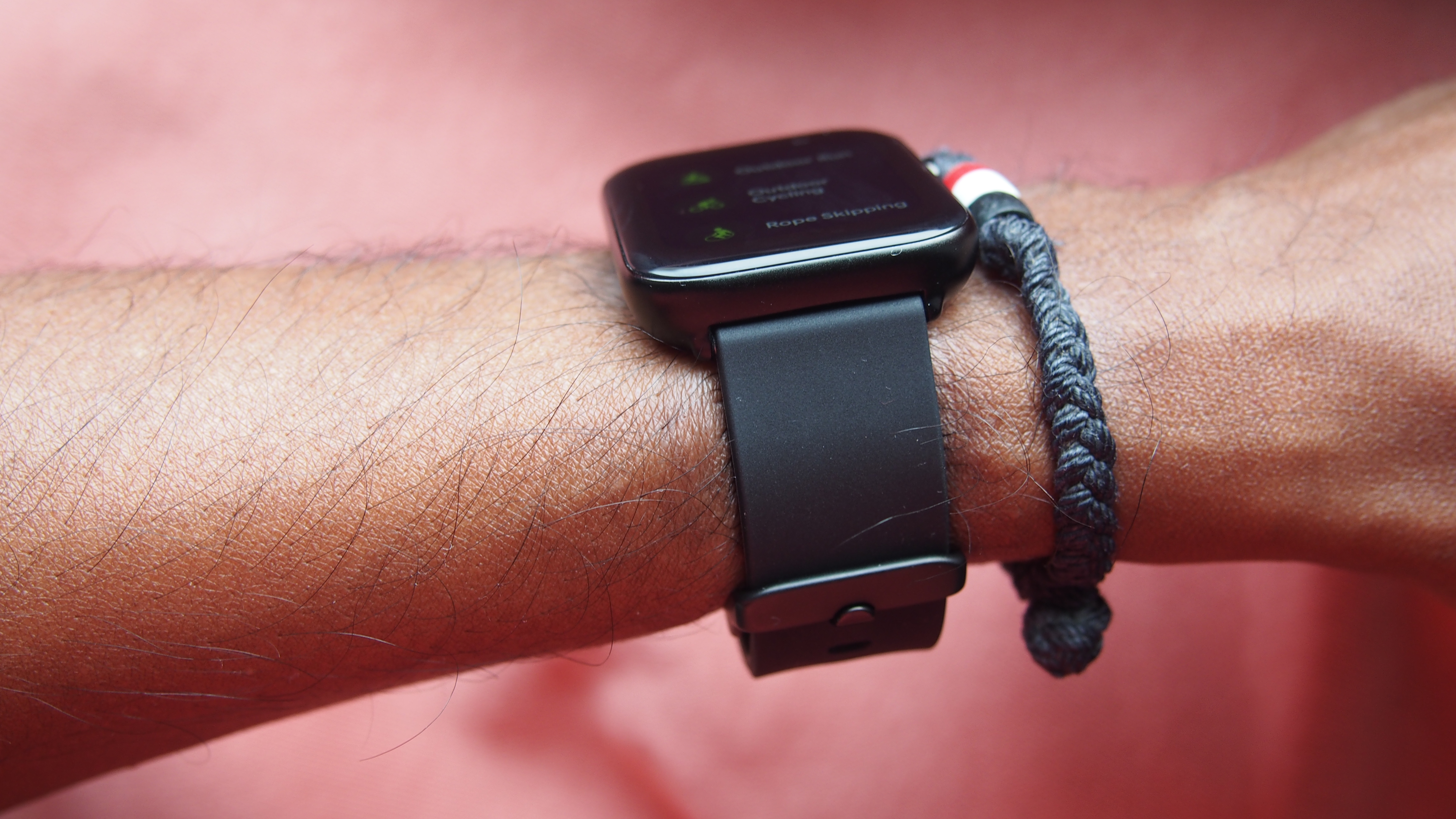
Design and display
- 1.5-inch, TFT touchscreen display
- 20mm interchangeable TPU straps
- 5 ATM water resistance rating
The TicWatch GTH Pro doesn’t stray too far away from the design of the GTH. You’ve got a square 43mm metal watch case that measures 10.5mm thick and comes in black only. That’s partnered up with a 20mm TPU strap, which uses a simple pin mechanism if you want to replace it.
Sign up for breaking news, reviews, opinion, top tech deals, and more.
It’s a very plain-looking watch, but is comfortable to wear day-to-day, during exercise and taking it to bed for sleep tracking. There’s just a single physical button that twists (like Apple's Digital Crown), but sadly doesn’t let you scroll through watch screens.
That screen is a 1.5-inch 360 x 320 pixel touch-sensitive TFT display, which feels small thanks to the sizable black bezel that surrounds it. Like the GTH, it’s not the best smartwatch display you’ll find in terms of responsiveness, colors and vibrancy at this price. Visibility is better indoors than it is outdoors and you can’t set the screen to be set to always-on either.

The key difference and change from the GTH is the addition of a secondary optical sensor, which sits below the solitary physical button. This is the sensor that delivers the Arty arterial health insights we’ll dig into deeper later.
As a package, Mobvoi has stuck to giving the latest GTH the same 5ATM water resistant rating, which does mean you can swim with it and you do get a pool swimming mode to track your time in the water too.
If you’re looking for the best-looking watch and hardware you can find at this price, that’s not what you get here. It’s not a big leap from what Mobvoi offered on the first GTH. The focus it seems here is building software features and adding that secondary sensor to make it a more useful health tracking companion.
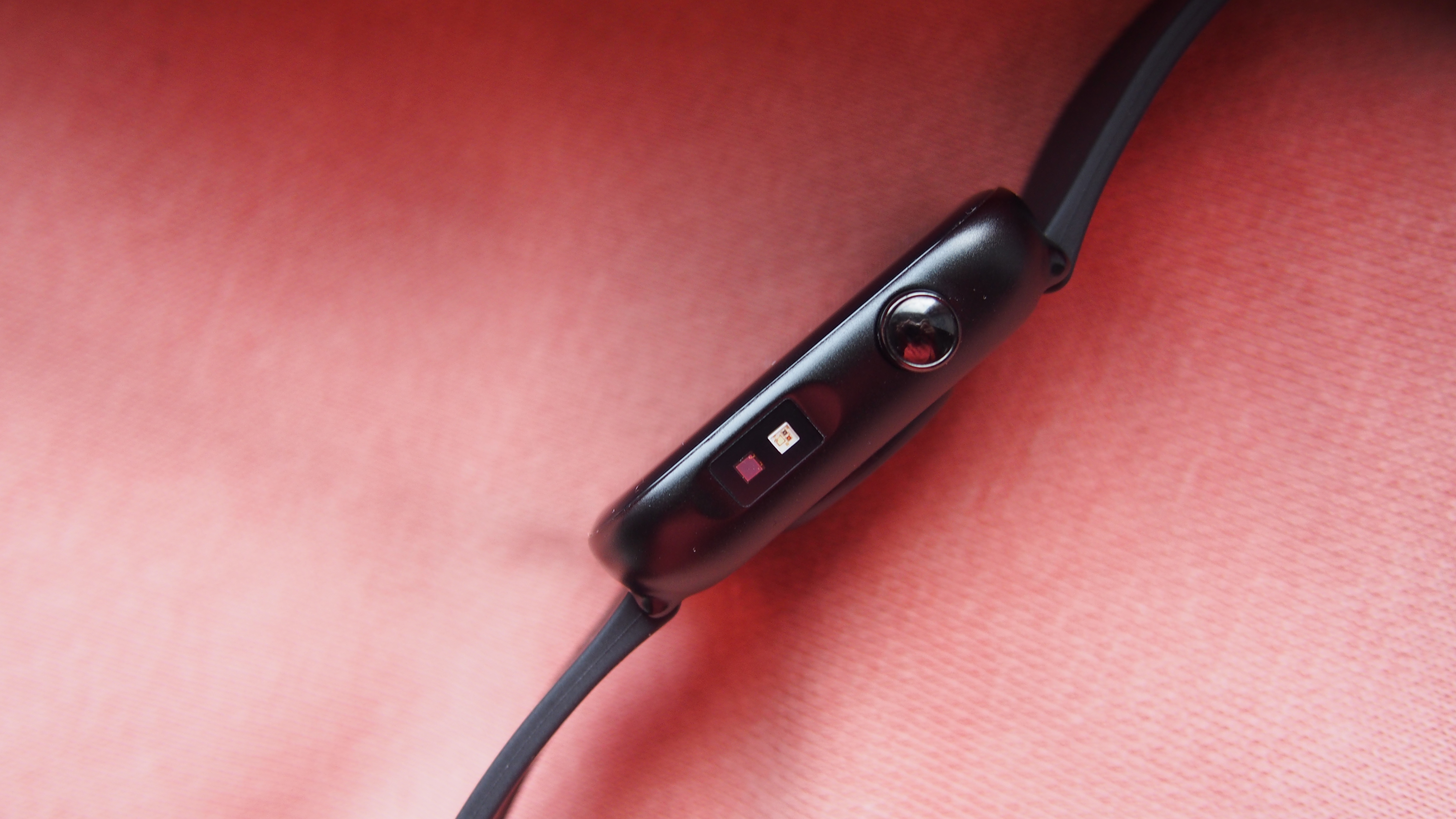
Performance and software
- Works with Android phones and iPhones
- View notifications and weather forecasts
- Music playback controls
Mobvoi has stuck with using the same RTOS operating system that featured on the first GTH, which means you’re sacrificing having access to apps and features like smart assistant support and the general UI polish you do get on Mobvoi’s Wear OS-toting smartwatches.
What you do get is a more pared back software that’s a bit laggy when you interact with it and a Mobvoi companion app, which remains quite clumsily presented.
Pairing up the GTH Pro with a Samsung Android phone was no problem for us, but we did encounter a few bugs in the software on the watch itself. Some sports tracking modes didn’t work correctly, we couldn’t get sleep tracking to work at all and some real-time readings took a long time to display. We were also made to repeat the Arty trial readings on a few occasions as well.
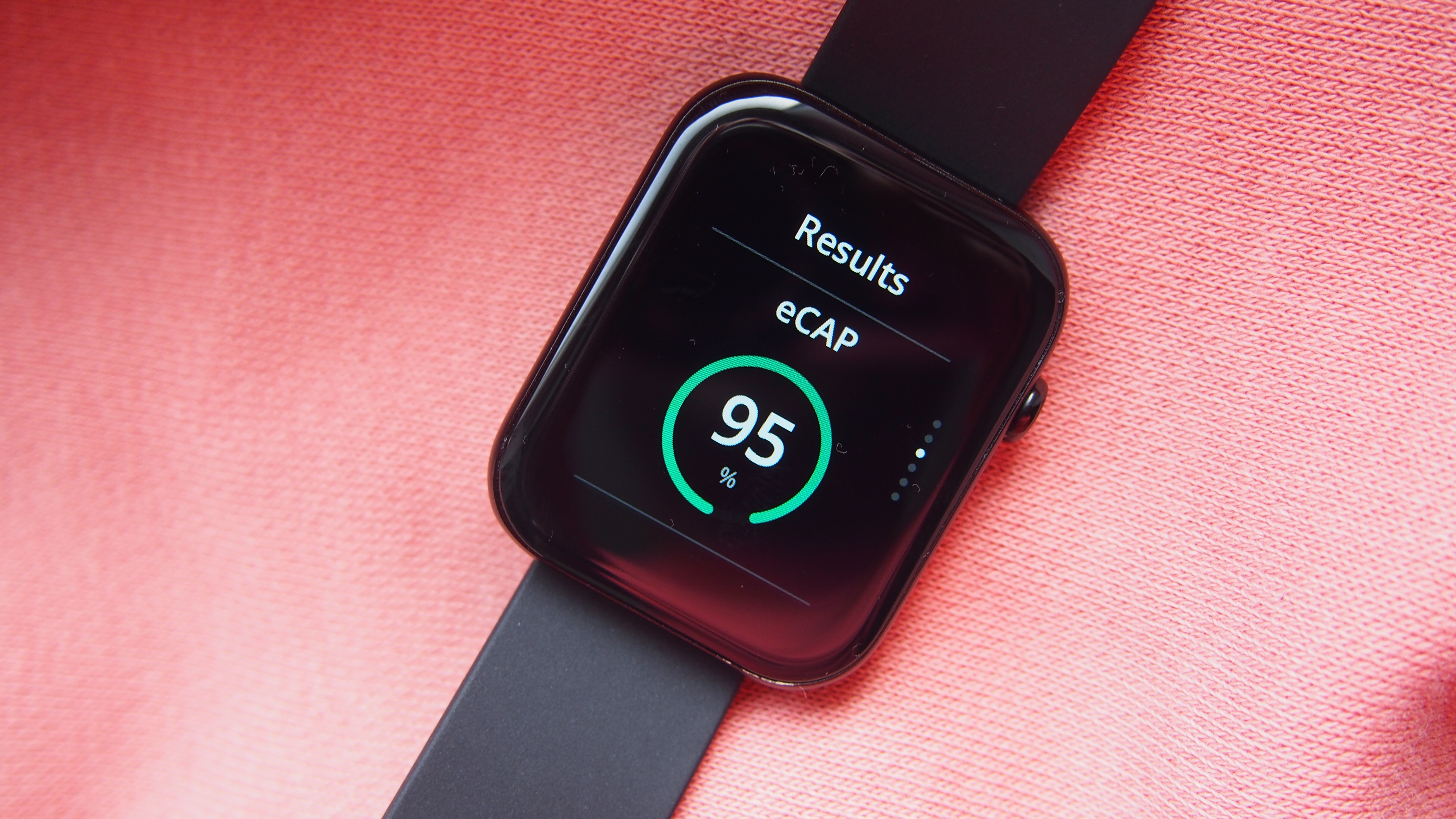
Using the watch is at least pretty straightforward. The physical button gets you to the app screen and then you can swipe from the main watch screen to see widgets for weather forecasts, activity tracking progress, additional health stats and real-time heart rate data and daily trends.
Mobvoi includes a nice collection of watch faces here too, including some dedicated Arty faces that do make good use of the screen estate available. The core smartwatch features you have at your disposal aren’t fantastic though. It’s the same notification support as the GTH, which uses a far from screen-friendly font and doesn’t present notifications in a tidy way. Weather widgets are well presented though and music controls worked well in our testing too.

If you’re hoping for a great smartwatch experience, that’s not exactly what you get here. There’s certainly other smartwatches that do it better and offer more for the money.
Health and fitness tracking
- Side and rear PPG sensors
- Skin temperature sensor
- SpO2 tracking
- No GPS
The headline story here on the GTH Pro are the health features. Mobvoi has teamed up with CardieX, a health tech company with a focus on cardiovascular disease and hypertension. It’s created FDA-cleared medical devices that are capable of measuring arterial stiffness and central blood pressure.
On the GTH Pro, a version of that technology is delivered by an additional optical PPG sensor, which is capable of delivering general health and arterial health insights. The value of doing that is to help you make better lifestyle choices to promote better heart health. As we said, while CardieX’s own technology is FDA cleared, the support on the GTH Pro isn’t.

To measure arterial health, you use the Arty app, which initially requires performing a trial reading before it can start delivering insights. You place your index finger on the sensor on the side of the watch case for 10 seconds to get your arterial health readings. It’s recommended you take readings first thing in the morning to get the best results.
When that measurement is completed it generates five different insights. That’s Arty score, TruHR, eCAP, HSX and ArtyAge readings.
An Arty score is considered an overall heart health score, which is scored out of 100. The closer to 100, the better. The TruHR reading is your beat-to-beat heart rate, which Mobvoi says is calculated in a similar manner to an electrocardiogram reading. eCAP is a measurement fitness through measuring blood flow to the inner muscle of your heart, HSX is a measurement of the extra load on the heart due to the stiffening of the arteries. Finally, there’s ArtyAge, which is a measure of arterial age based on stiffness of arteries.

In terms of gauging whether these measurements were reliable we tested against the heart rate monitor on a dedicated pulse oximeter and the ECG sensor on the Samsung Galaxy Watch 4. What we found is that measurements for things like TruHR were generally in line with those other devices. We saw a difference of 1-2 BPM for most readings.
Measurements like exercise capacity felt reliable, though for ArtyAge readings, we got a range of 20-30, 30-40 and 40+ years readings, so there was a lot of inconsistency on the front. While Mobvoi does explain what these measurements mean and how they’re broken down, the promised actionable insights never materialized for us, which would really make the most of these measurements. We could see trends over time, but that was it.
The key here though is the lack of FDA clearance puts a huge question mark over how much you can really trust the data to tell you about your general and arterial health.
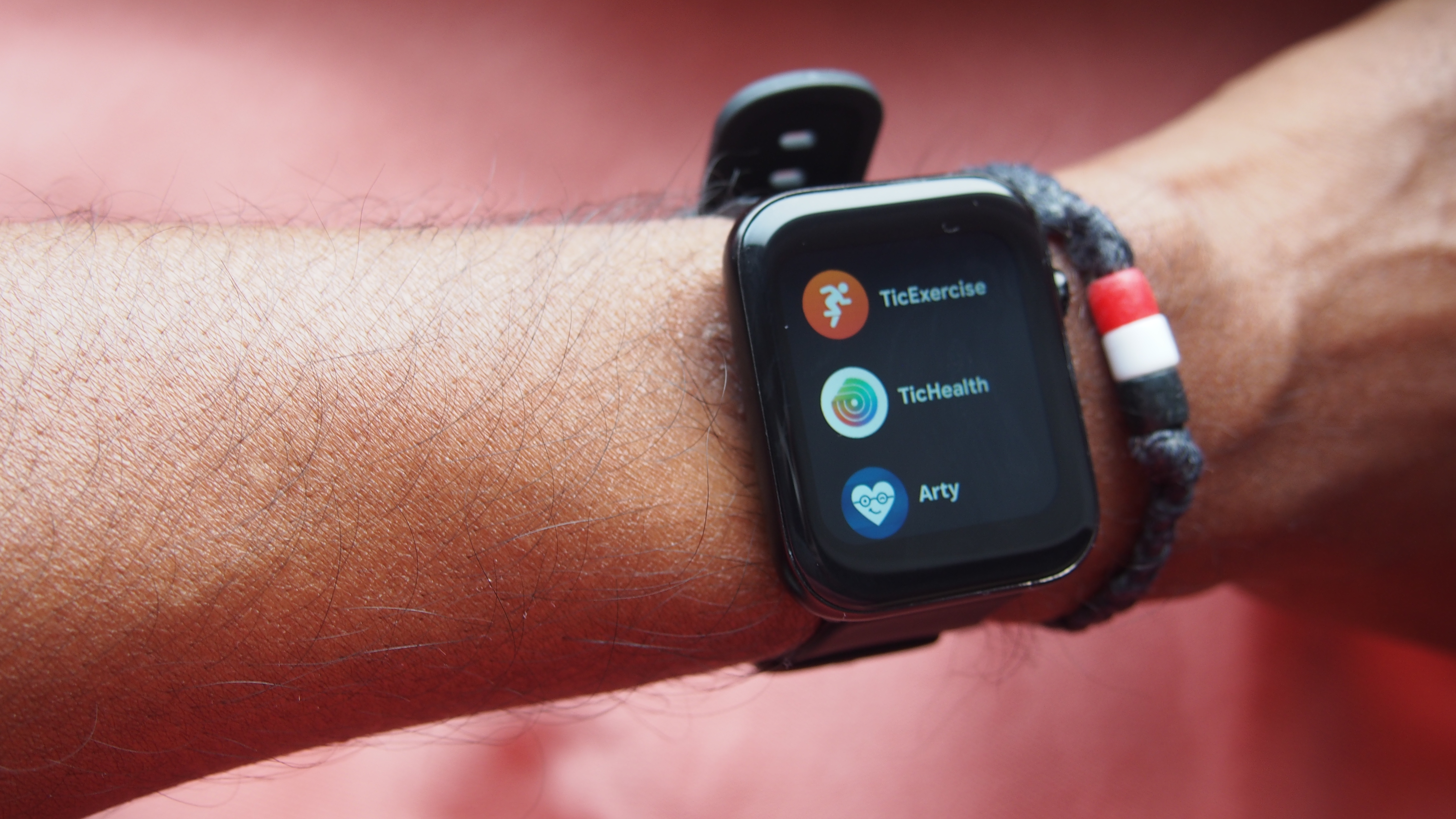
Outside of the health features, our experiences on the GTH Pro mirrored our time with the GTH. For sports tracking, there’s 14 tracking modes and the lack of GPS meant outdoor exercise came up noticeably short for distance tracking. Heart rate monitoring for exercise in general was fine on steady paced workouts, but struggled at high intensity.
For fitness tracking, you’ve got a dedicated screen to display calories burned, step counts and distance covered. In general step counts were within 500 steps of the Oura Ring 3 and step tracking on the Garmin Epix. For sleep tracking, we struggled to capture any sleep data whatsoever despite taking it to bed every night so that’s clearly a bug that needs to be addressed.
Other features include SpO2 monitoring, which matches up to readings on a dedicated pulse oximeter. Resting heart rate seemed generally higher than our comparative devices with the GTH Pro reported 10bpm higher real-time readings on most occasions. Skin temperature readings felt more reliable than the GTH compared to a thermometer we compared it to.
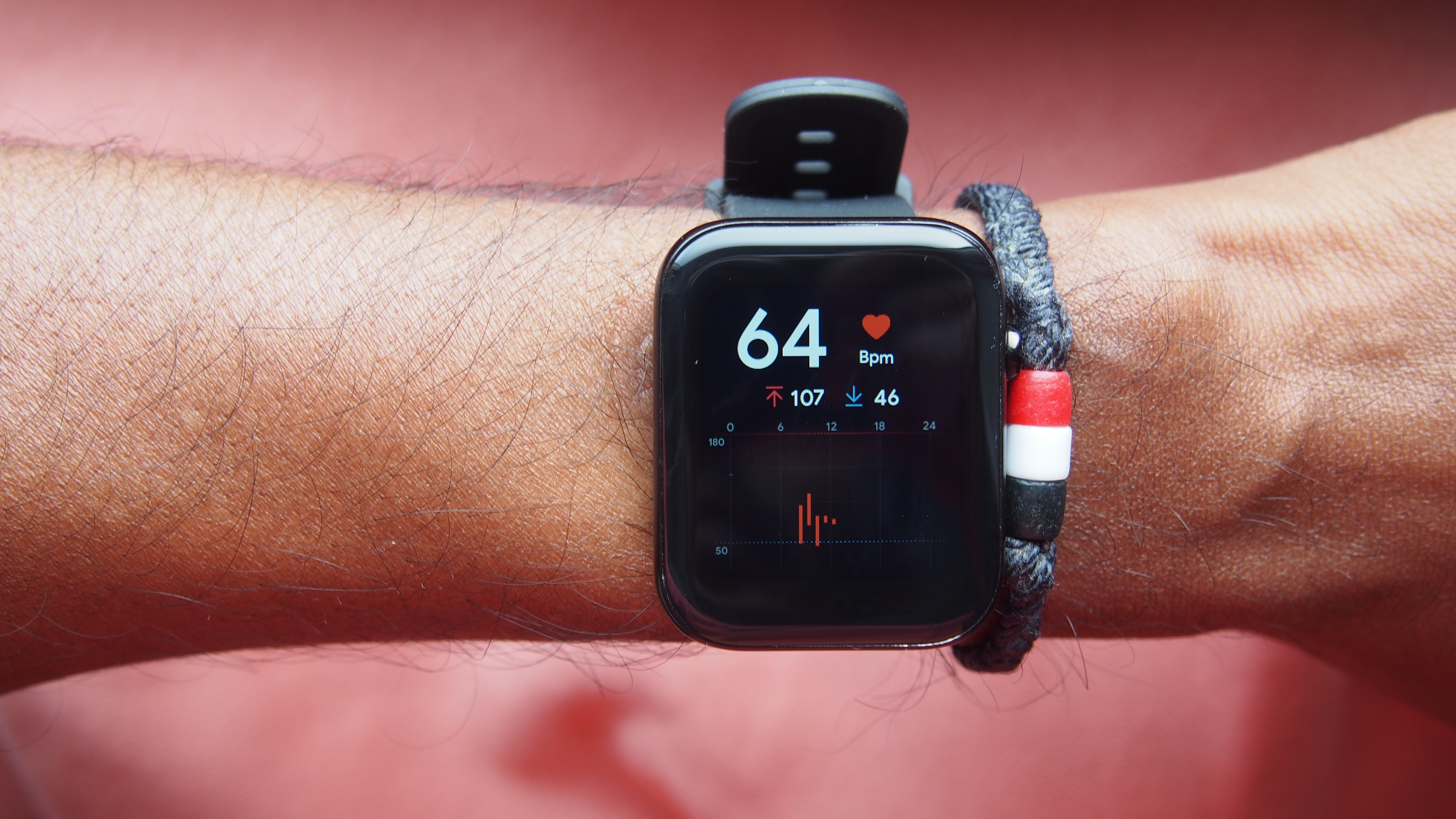
So what you’re getting with the GTH Pro is a watch that can deliver some useful additional arterial health readings, but ultimately readings can feel inconsistent at times and we didn’t experience the promised actionable insights. It’s no sports tracking great either and we had our clear issues with its fitness tracking support as well.
Battery life
- 260mAh battery
- Up to 10 days battery life
On a more positive note, the TicWatch GTH does put in a good performance on the battery front. It packs the same 260mAh capacity battery as the GTH, which Mobvoi says is good to get you up to 10 days of battery life.
In our testing time, we found daily battery drop-off was around 10% and that was with fitness tracking, some sports tracking, continuous heart rate monitoring and skin temperature monitoring all in use. We should add that we struggled to use sleep tracking and stress tracking reliably, which would drain that battery more too.
Ultimately though, this is a watch that is capable of going for a good week before it needs charging. That charging solution remains unchanged from the GTH, which is still a little on the flimsy side for our liking.
First reviewed April 2020
Buy it if
You want a cheap smartwatch that lasts a week
The GTH Pro won’t break the bank and can offer a good mix of health, smartwatch and sports tracking features.
You’re interested in richer heart rate insights
The Arty integration does offer some new and unique insights into heart health and general health
You want a watch to wear day and night
While it doesn’t have the most eye-catching look, it’s a nicely weighted watch that doesn’t feel uncomfortable to wear at any time
Don't buy it if
You want a reliable health watch
While many of the readings of the GTH Pro seemed accurate, there were plenty of indifferent readings to cast some doubt on its reliability.
You want a great budget smartwatch
If you want a slick smartwatch on the cheap, there’s better options out there than the GTH Pro.
You want a reliable sports tracking features
The lack of GPS and some bugginess makes the GTH Pro a tough sell if you want something to monitor your exercise time too.

Michael is a freelance journalist who has covered consumer technology for over a decade and specializes in wearable and fitness tech. Previously editor of Wareable, he also co-ran the features and reviews sections of T3, and has a long list of bylines in the world of consumer tech sites.
With a focus on fitness trackers, headphones, running wearables, phones, and tablet, he has written for numerous publications including Wired UK, GQ, Men's Fitness, BBC Science Focus, Metro and Stuff, and has appeared on the BBC Travel Show. Michael is a keen swimmer, a runner with a number of marathons under his belt, and is also the co-founder of YouTube channel The Run Testers.
